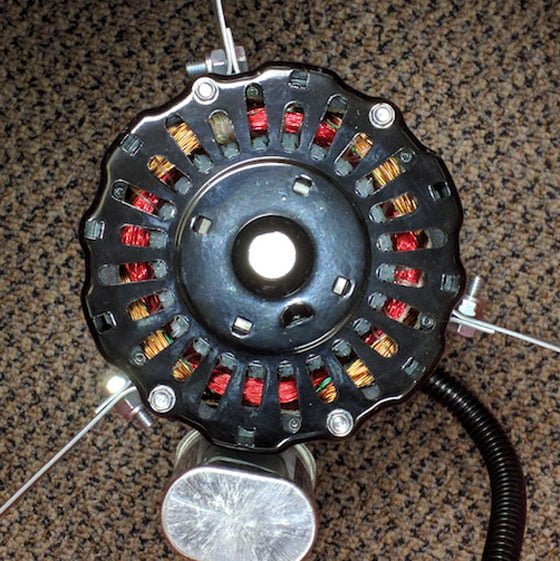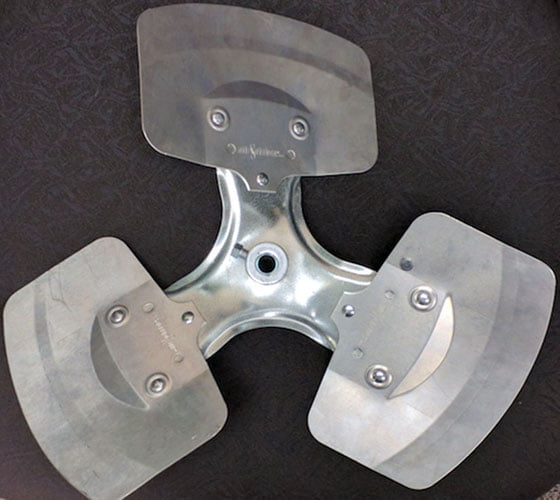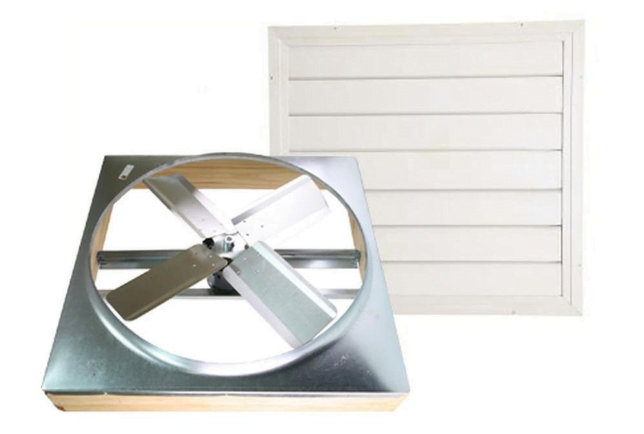State power regulators decided today (May 15, 2015) how to divvy up the biggest electric rate hike in California history, boosting rates by as much as 80 percent for residential customers who use the most power.
More than half of the residential ratepayers served by the state’s two largest utilities will see no increase at all in their rates. But for those who consume the most, the new rates translate into an average increase of $85 per month for electricity.
The plan, approved 3-2 by the state Public Utilities Commission, affects about 9 million customers of the state’s two largest utilities, Pacific Gas and Electric Co. and Southern California Edison Co.
The new rates, which will appear on June bills, were approved seven weeks after the PUC mandated a $5 billion rate hike. The plan’s passage came after a week of intense lobbying by industrial, commercial, agricultural and residential groups — all trying to influence how the PUC would allocate the rate hikes.
Big Loss for Big Users
The average rate increase for all residential customers of the two utilities is 19 percent. But low-income ratepayers and those who use the least electricity will face no rate hike at all.
The biggest losers are the biggest users.
Residential ratepayers are divided into five tiers, and those in PG&E’s top tier — about 9 percent of that utility’s residential customers — will see electric rates jump from 14.3 cents to 25.8 cents per kilowatt hour. That’s an 80 percent increase.
That translates into an average increase of $85 — from $232 to $317 — on monthly bills.
For Edison’s heaviest residential users, the rate hike is 71 percent or an average increase from $194 to $265 on monthly bills.
Industrial customers of PG&E and Edison face rate hikes of about 50 percent, while commercial and agricultural ratepayers will see less significant increases.
Hike Fuels Protesters
The increases will be retroactive to March 27 — the day the record rate hikes were approved.
“This is probably the worst economic calamity the state has ever seen,” said David Marshall, chief financial officer at Gregg Industries, a 400-person iron foundry in El Monte. “It has got ramifications well beyond anything that we can begin to understand.”
Today’s vote took place amid the jeers of protesters, who wore tombstone-shaped placards that read: “R.I.P. Affordable Energy.”
PUC Commissioner Jeff Brown bellowed back.
“We cannot walk away from it. We cannot pretend that this is some sort of problem that we can walk away from,” Brown said.
The final plan was a revised version of the plan released by PUC President Loretta Lynch last week. Lynch reworked her plan after an outcry from businesses proclaiming the proposed rate hikes would doom California’s economy and a critical statement from Gov. Gray Davis.
Since it unanimously the approved rate hikes in March, the PUC has crammed a year’s worth of work into six weeks, struggling to fashion rates that simultaneously recoup the $5.2 billion the state has spent buying power for the customers of the state’s two largest utilities and trigger enough conservation to help fend off some of this summer’s expected rolling blackouts.
Customers of San Diego Gas and Electric Co. and those who buy electricity directly from energy wholesalers, such as the California university system, are shielded from rate hikes.
Reported by ABC News:





